An effective and great way of eating well on a backpacking or hiking trip is by dehydrating the meals which you’ve prepared at home. Most people are normally scared by the sheer thought of dehydrating meals for their bushwalking trip. Nonetheless, as long as you know how to do it, you shouldn’t have a challenging time when it comes to ensuring your meals taste great.
Obviously, just like with any other great thing in life, you must make an effort. Fortunately, you don’t need to stress about the whole thing. This is because the rewards outweigh the amount of time that’s spent in creating a great meal that’s ready to consume out in the bush.
The best part is the fact that that the meal tends to be lighter and much tastier compared to the ‘satchel freeze dried’ food. What is more is that you can always make it match your own dietary or taste requirements.
The following are the top eight tips on how to use a dehydrator to prepare tasty hiking food:
#1: The Dehydrator
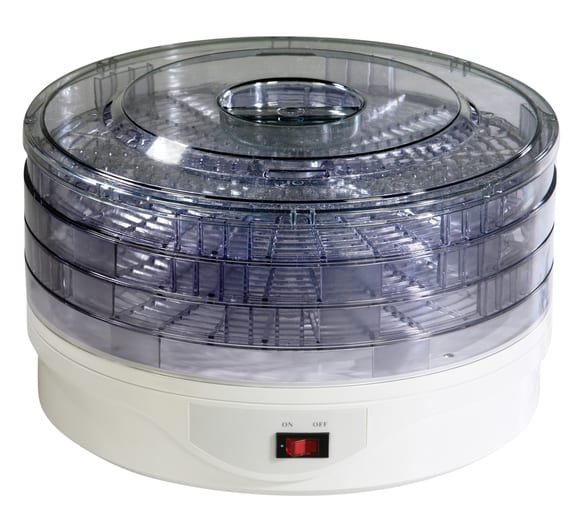
Food dehydrators consists of several trays. The bottom part of every one features grids that allow for air to flow freely around the food and through the various trays. Inlay sheets that sit in the trays allow you to dry fruit leathers, sauces, and liquids. In the lid, the area is where dry air is generated. It is highly similar to that of a lower voltage hair dryer.
#2: Preparation
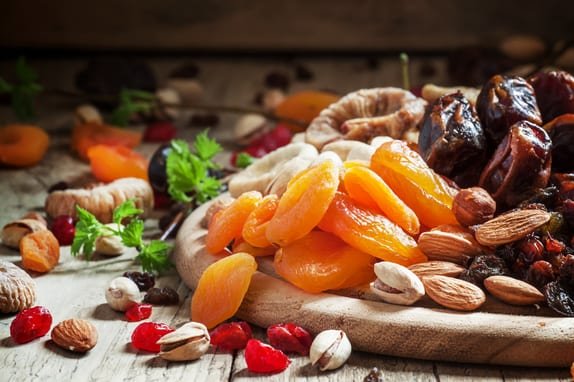
Prior to placing your meal inside the dehydrator, adequate preparation is necessary. One of the easy parts of the preparation is slicing the veggies or fruit into tiny pieces. The challenging bit has to do with cooking and preparing your full meal.
The prudent thing to do at this stage is to always read the instruction manual that contains plenty of helpful advice as well as tables regarding necessary preparation. Some fruit or veggies require preparation such as blanching them in hot water first or dipping them in lemon juice.
#3: Knowing what to hydrate
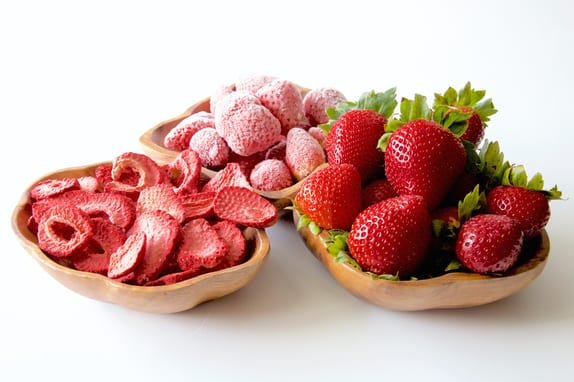
When selecting the kind of meat to dehydrate, the most efficient of guaranteeing to dry is by using mince meat. Fortunately, plenty of options is available at the local supermarket. You must slice almost everything, which you intend to put inside the dryer into small pieces. By doing that, you’ll be able to enjoy plenty surface area thus allowing warm dry air to circulate around much of the food as possible.
#4: Cook it up
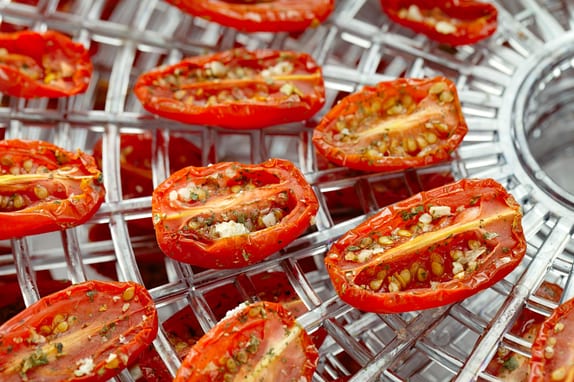
The cooking stage should be handled with utmost caution. To be on the safe side, you must follow every detail on the packet. To make your cooking tastier, consider adding some fresh herbs and vegetables.
#5: Drying
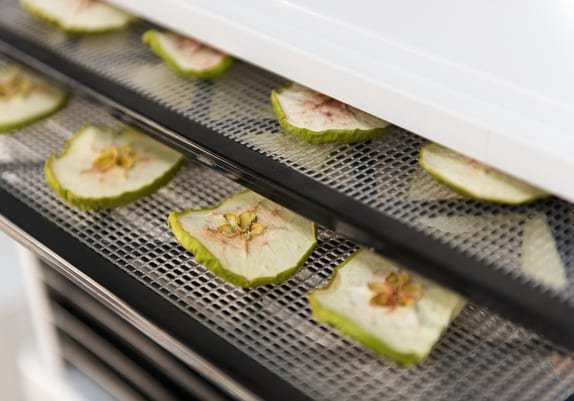
Once the cooking or preparation is done, you should place the food to the trays in one single layer. Again, doing that guarantees maximum space for the food to dry completely. Dishes with liquid or sauce ought to sit in the inside tray. You shouldn’t allow it to rest on the normal hole covered trays.
Of great importance to note is the fact that the base tray usually dries food quicker compared to any other area of the dryer. You need to check the manual, which came with your appliance in order to get the estimated drying, times.
#6: Storing your dehydrated food
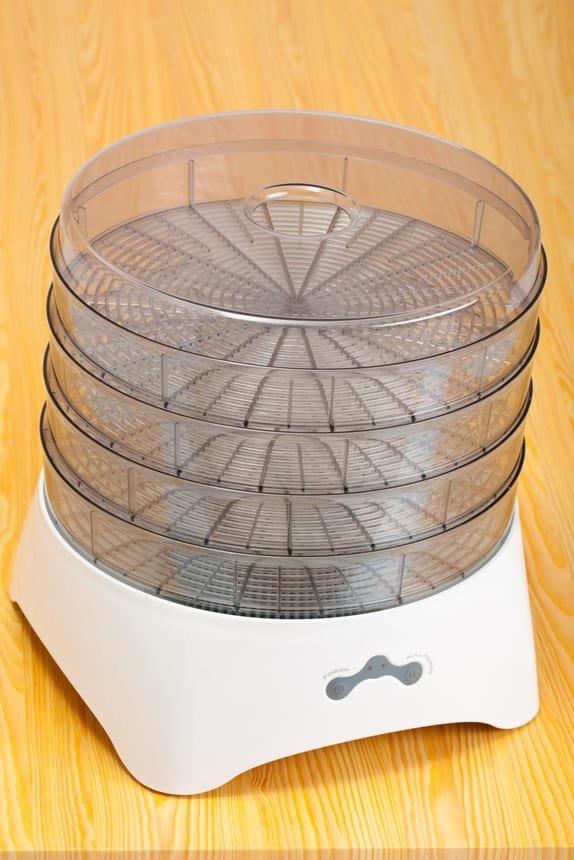
Once your food has dried completely, you should store them inside Ziploc bags. You will discover that when the food has dried, it will be extremely hard to figure out the amount of portion it. Therefore, you should make the calculation before drying. All you need to do is look at the cooking pot and then decide the number of dinners it’ll cover. After that, you’ll be able to know the number of Ziploc bags it can cover.
The other important thing you need to do is check the instruction manual for details regarding storage life.
#7: Out on track
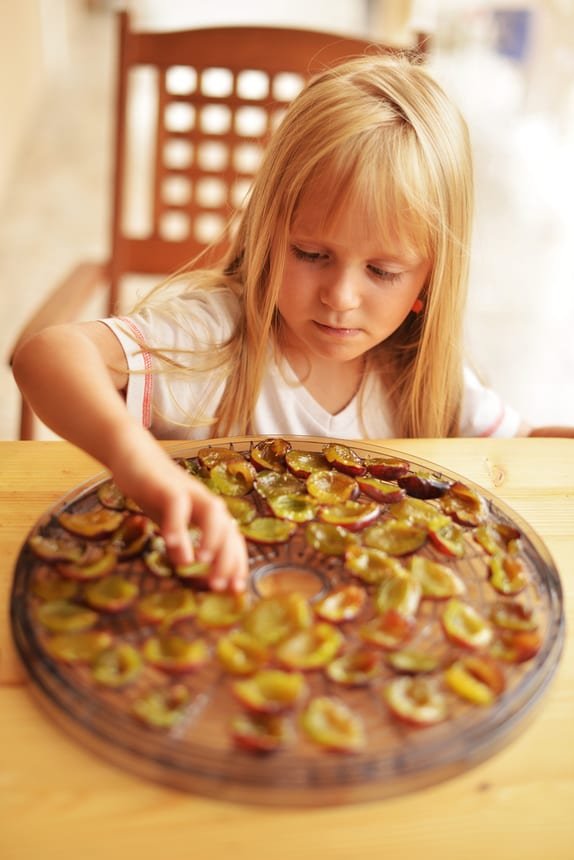
To make the process effortless, you might wish to add some other ingredients to the bag before heading off to your trip. For instance, you can choose to add in dehydrated veggies like rice noodles, beans, or surprise peas. By doing that, you’ll have a full meal inside the bag.
#8: What you should avoid drying

Tofu is one of the things or meals, which you should avoid drying at all cost. In addition to being unsafe, it tastes awful.
The above are the top eight tips you should consider when using your dehydrator to create tasty hiking food.













